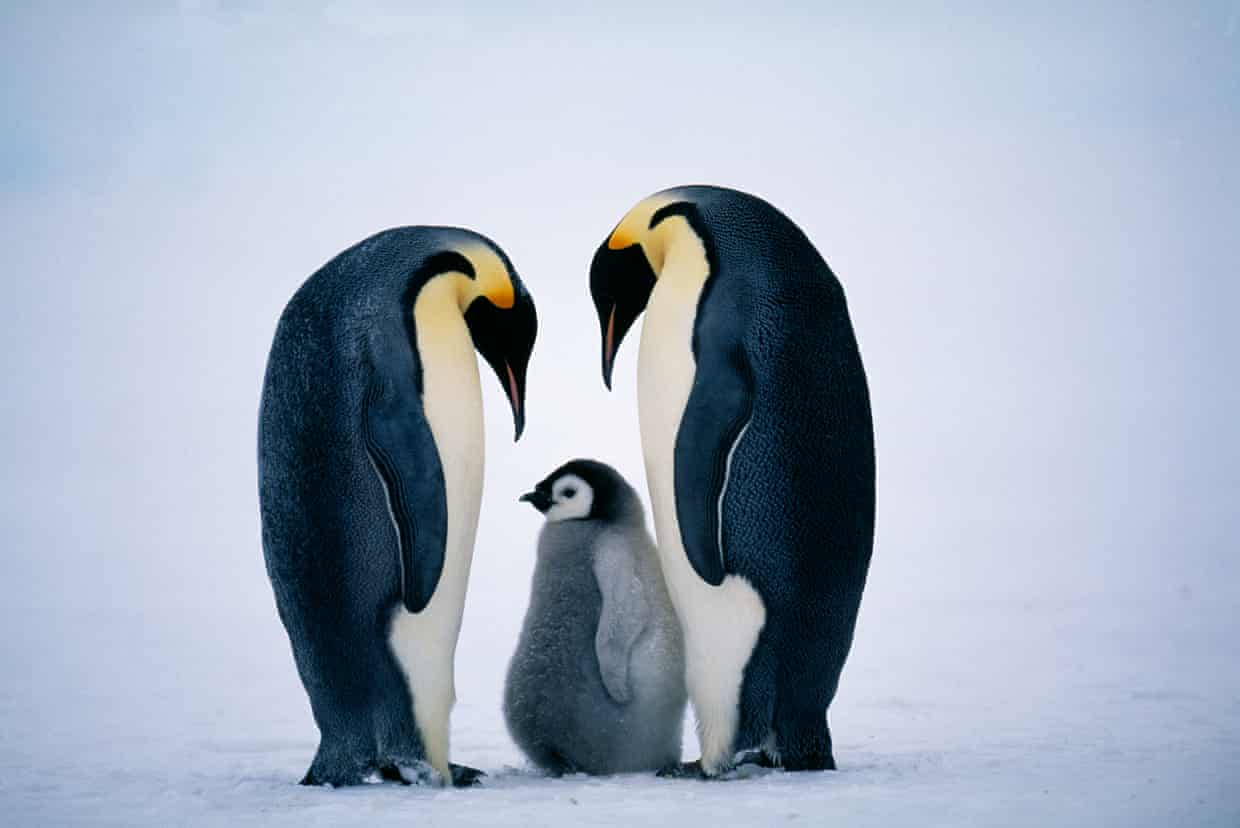
Being cautious by nature, scientists warned that in the next few decades the global emperor population will suffer significant losses. This fate appeared a long way in the future, but it seems that the future is now.
I have studied emperor penguins for 30 years and have never stopped marvelling how they survive in an extreme, hostile environment.
When the chicks hatched, I was more amazed than ever. These perfect little penguins, little fluff balls of down, depend on their parents for warmth and food for the first 50 days of their lives. Once chicks can regulate their body temperature and can hop off their parents’ feet, they grow like cabbages. Come October, their need for food is such that it takes both parents to go hunting while the chicks remain in the colony.
Most colonies occur on the land-fast sea ice that tended to provide a reliable breeding platform. The fast ice is but a thin layer on top of about 200m of icy cold, dark water. At times the ice moves, a reminder that this is nothing but a temporary refuge. Fast ice forms a discontinuous band around the continent, and covers areas of up to tens of thousands of square kilometres. In some places, it persists for many years, but in many places, it disappears entirely during summer, only to form again at the start of the next winter. A suitable breeding area for emperors must have ice solid enough to support a colony by April, lasting at least until late December to rear chicks successfully.
Watching the warming-induced changes at the western Antarctic peninsula over the years, as many penguin researchers, I have been concerned about the future. It is important to understand that it does not take the complete loss of sea ice (which may still take decades), but a shortening of the sea ice season, to threaten the emperors’ continued existence.
Adults will return the following year and will try again to raise a chick. However, frequent catastrophic breeding failure greatly diminish the number of penguins recruiting into the population threatening its long-term survival. Over several years now, the sea ice has formed later in autumn and has not lasted as long as it used to in summer. Recently, several colonies experienced early ice break-outs and consequently huge chick losses. But what happened in the Bellingshausen Sea is unprecedented. Significant chick deaths occurred at multiple colonies in the same region and the same year.
Deeply concerning is that such events happened at some of the southern-most colonies. The Weddell and Ross seas were considered possible climate refugia for emperors as Antarctica is getting warmer. However, some of the disastrous early losses of fast ice occurred in just these regions. Emperor penguins have limited options. Where fast ice is still comparatively extensive, colonies may relocate farther south, but this probably only a temporary solution. Even if new breeding sites were found, emperors are superbly adapted to freezing conditions (they get heat stressed at about 0˚C). Their physiology would have to change markedly to survive raising temperatures. The rate of their molecular evolution is the slowest in any bird, and they would need a very long time to change the way their body systems function.
Unfortunately, since the rate at which their environment is changing is faster than the rate at which they can adapt, we are likely to witness the demise of an extraordinary species that has graced Earth for millions of years.